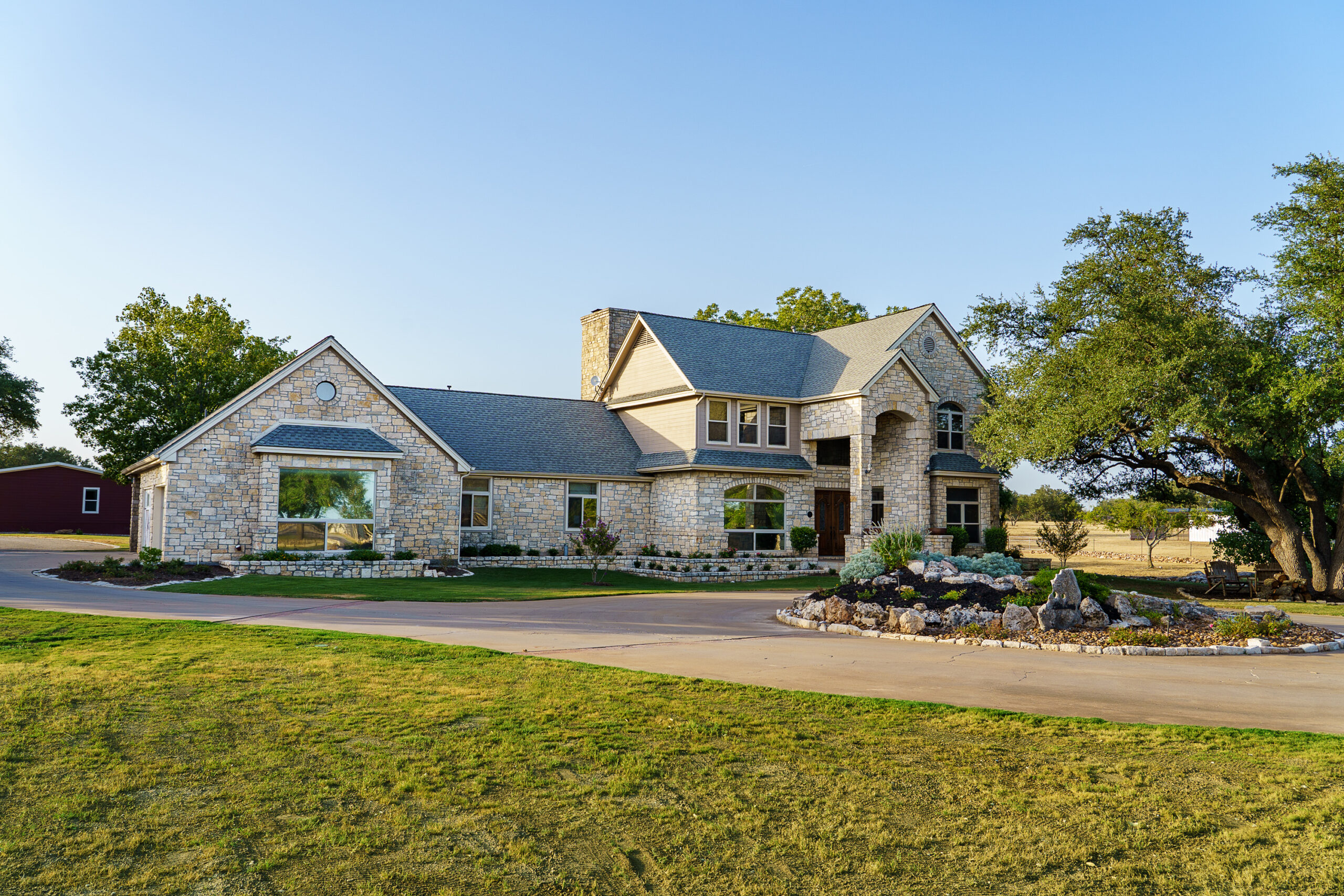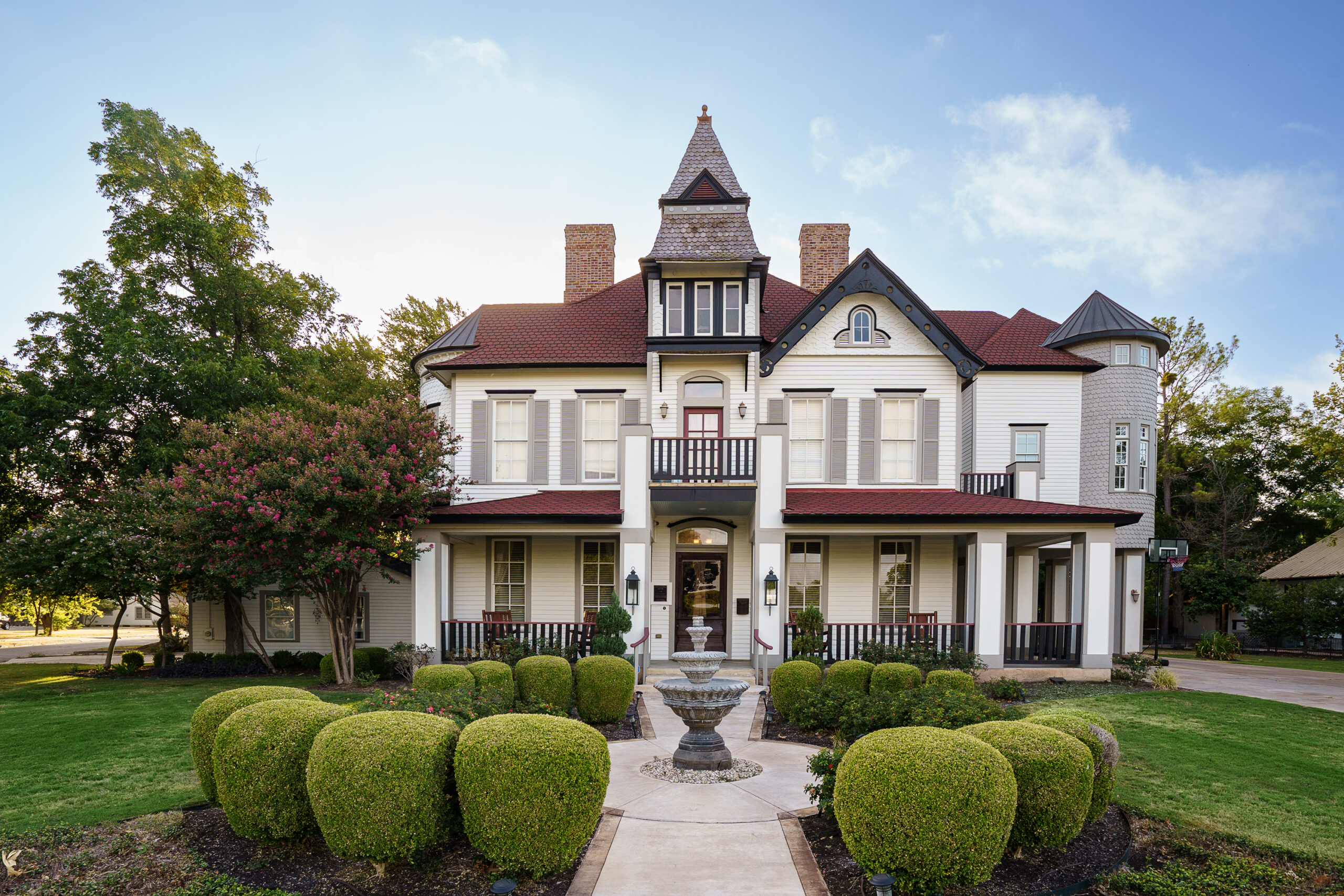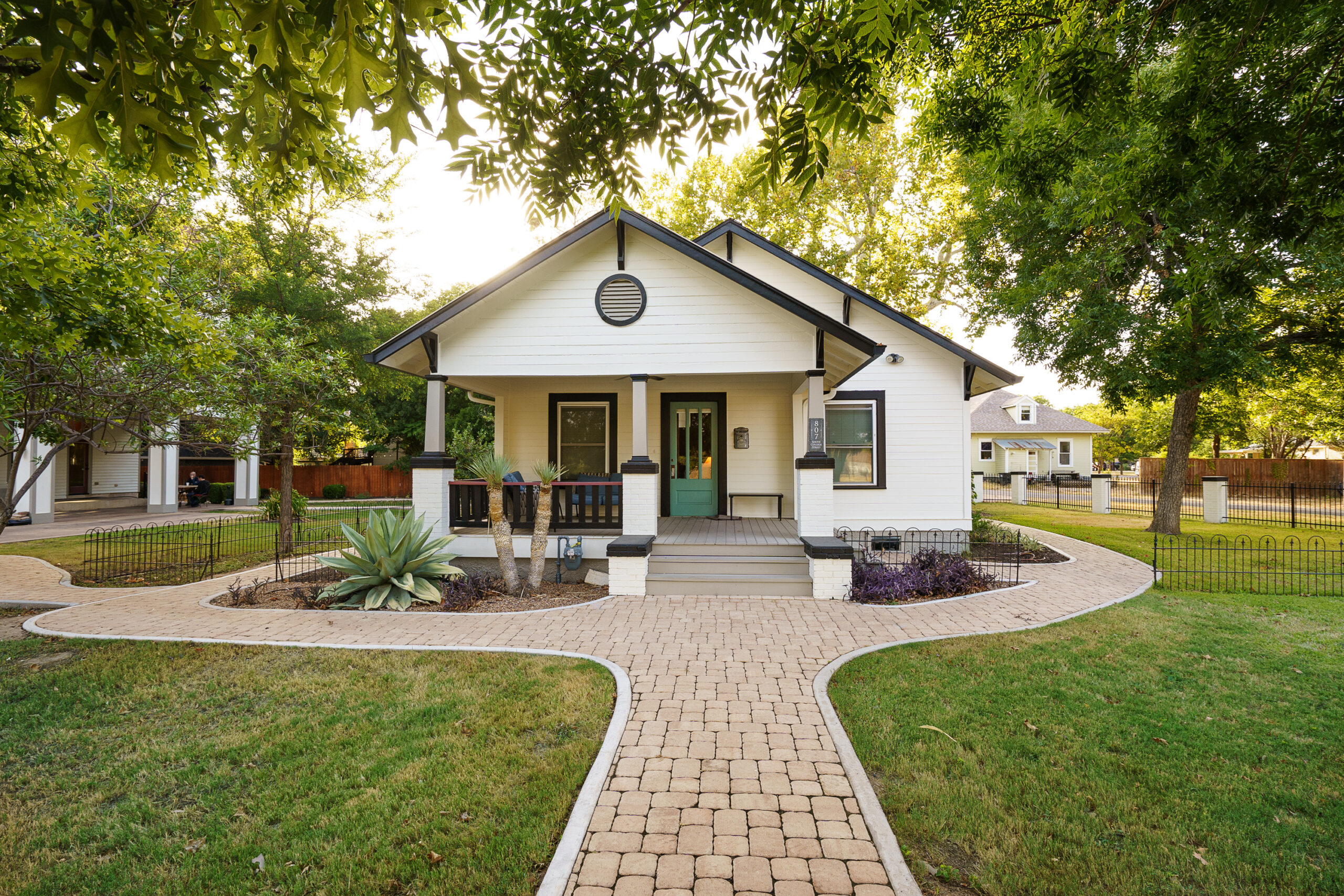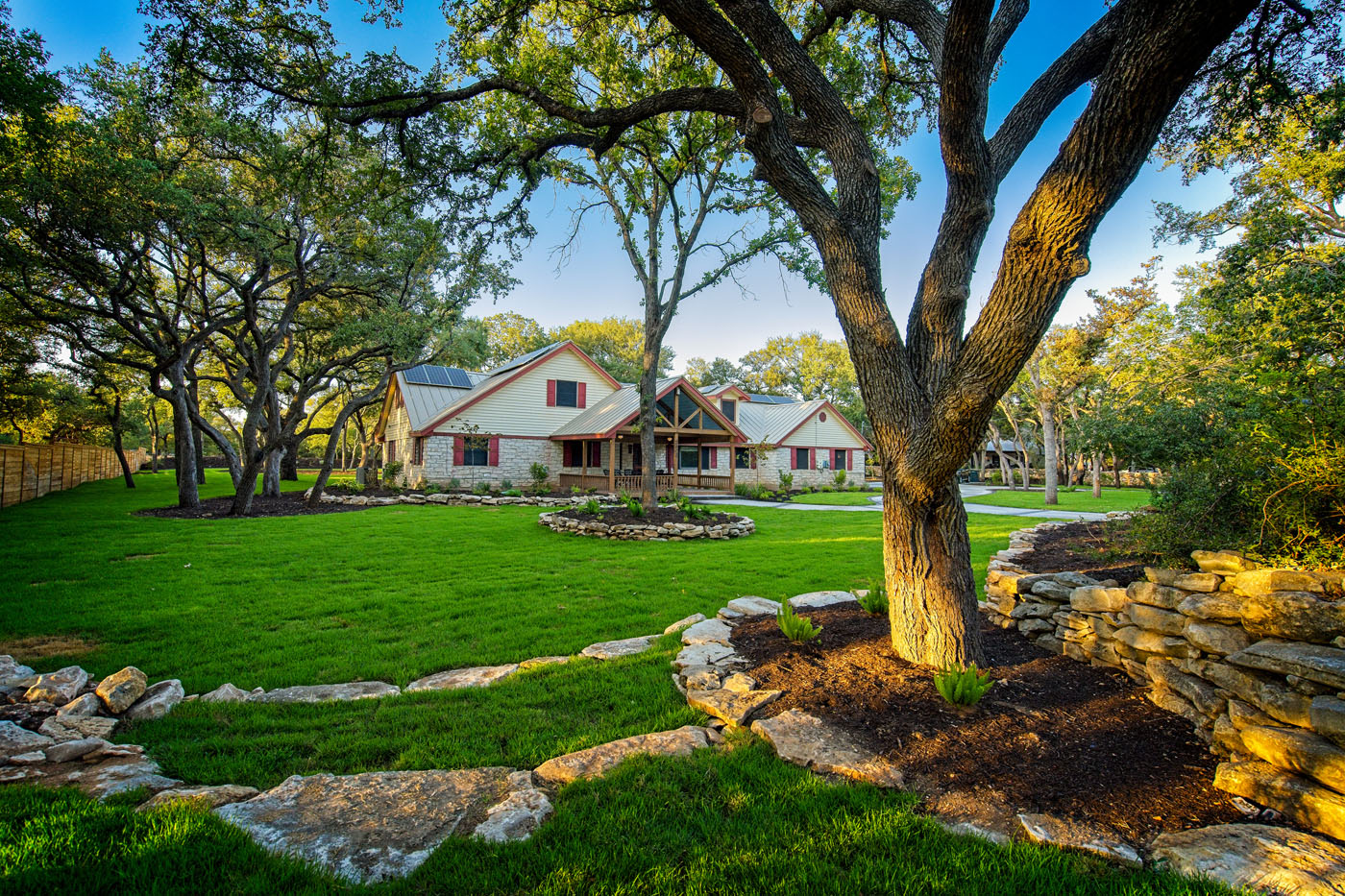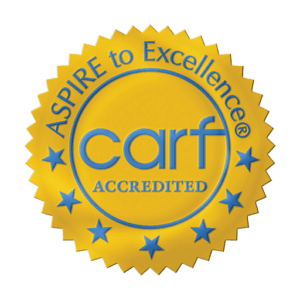
What is Bipolar Disorder?
Bipolar disorder represents a significant mental health challenge characterized by extreme swings in mood, energy, and activity levels. These mood swings range from periods of intensely elevated mood, known as manic episodes, to times of deep depression. Navigating the complexities of bipolar disorder requires a multi-faceted approach to treatment, emphasizing the importance of comprehensive care in patient treatment for bipolar disorder.
In Patient Treatment for Bipolar Disorder
In patient treatment for bipolar disorder serves as a cornerstone for effective management and stabilization of this condition. Being immersed in a supportive and therapeutic environment allows individuals to receive round-the-clock care, essential for those experiencing severe episodes that cannot be safely managed in a less structured setting.
Inpatient vs. Outpatient Care
While outpatient treatment can be suitable for many mental health conditions, bipolar disorder’s unpredictable and often severe nature makes inpatient care particularly beneficial. Such settings offer not only medical stabilization but also an opportunity to adjust medications under close supervision, engage in intensive therapy, and develop coping strategies in a controlled environment.
The Role of Medication and Therapy
Medication management is a critical component of in patient treatment for bipolar disorder, aiming to balance mood swings and prevent relapse. However, medication alone is not a silver bullet. Integrative therapy sessions, including cognitive behavioral therapy (CBT), dialectical behavior therapy (DBT), and family counseling, play a crucial role in teaching patients and their families about the disorder, managing symptoms, and avoiding triggers.
The Alta Loma Approach
At Alta Loma, a serene facility nestled outside Austin, Texas, the approach to treating bipolar disorder, schizophrenia, addiction, and schizoaffective disorder is rooted in the belief that healing comes from treating the whole person. Recognizing that recovery is a journey, Alta Loma offers a sanctuary where residents are provided with the tools and support necessary for lasting wellness.
Personalized Care and Support
Understanding that each person’s experience with bipolar disorder is unique, the dedicated team at Alta Loma tailors treatment plans to meet individual needs. From medication management to therapeutic modalities like CBT and recreational therapy, every aspect of care is designed to foster stability and growth.
Community Integration
Alta Loma believes in the power of community support and integration as part of the healing process. By encouraging participation in group therapy and community activities, residents learn to rebuild their lives outside the confines of their condition, facilitating a smoother transition to everyday life post-treatment.
Holistic Treatment Options
Beyond the clinical, Alta Loma places a strong emphasis on holistic care, recognizing the interconnectedness of physical and mental health. Nutritional planning, fitness routines, and mindfulness practices are incorporated into the daily schedule, supporting overall well-being and resilience against the mood swings characteristic of bipolar disorder.
Preparing for a Successful Transition
The journey through in patient treatment for bipolar disorder doesn’t end with discharge. Effective programs, like those at Alta Loma, prioritize aftercare planning to ensure individuals have a solid support system when returning home. This might include ongoing therapy, community mental health services, and peer support groups, setting the stage for long-term recovery.
Navigating Challenges Post-Treatment
Reintroduction to everyday life presents challenges for many. However, with a carefully crafted aftercare plan, the skills and strategies learned during inpatient care become invaluable tools for maintaining stability. Alta Loma remains a touchstone for former residents, offering guidance and support as needed.
The Importance of Family Involvement
Family plays a pivotal role in the recovery process for individuals with bipolar disorder. Alta Loma encourages participation in family therapy sessions, providing education on the nature of bipolar disorder and fostering understanding and support. This collective approach enhances the recovery journey, reinforcing the network of support essential for long-term wellness.
Innovative Approaches to Bipolar Disorder Treatment
Alta Loma is consistently seeking out and incorporating new and innovative approaches to enhance the treatment and recovery process. Whether through the integration of emerging therapeutic modalities or the adoption of cutting-edge research findings, Alta Loma remains at the forefront of providing the highest quality care to those it serves.
Commitment to Transformational Care
At the heart of Alta Loma’s mission is a deep commitment to transformational care. Recognizing the profound impact that compassionate, comprehensive treatment can have, Alta Loma strives to empower each individual to take control of their mental health and embark on a path toward healing and fulfillment.
- Understanding Bipolar Disorder
- In Patient Treatment for Bipolar Disorder
- The Alta Loma Approach
- Holistic Treatment Options
- Preparing for a Successful Transition
- The Importance of Family Involvement
- Innovative Approaches to Bipolar Disorder Treatment
In conclusion, in patient treatment for bipolar disorder offers a critical lifeline to those struggling with this complex condition. Through a blend of medical management, therapeutic intervention, holistic care, and strong community support, facilities like Alta Loma provide not just a path to stability, but a journey toward a more hopeful and fulfilling life.

What is the most common treatment for bipolar disorder?
The cornerstone of treating bipolar disorder traditionally hinges on a combination of medication and therapy. Medications typically include mood stabilizers, antipsychotics, and in some cases, antidepressants to manage the spectrum of symptoms associated with the disorder. Therapy, particularly cognitive behavioral therapy (CBT), complements medication by helping individuals develop coping strategies for dealing with the challenges of their condition. At Alta Loma, we personalize this approach, recognizing that each individual’s journey with bipolar disorder is unique, and thus requires a tailored plan to navigate it effectively.
How to handle a bipolar disorder patient?
Handling someone with bipolar disorder requires patience, understanding, and knowledge of the condition. It’s crucial to encourage open communication, provide emotional support, and maintain a non-judgmental approach. Education plays a significant role in understanding how to best support someone with bipolar disorder, recognizing when professional help is needed and learning about the triggers that might provoke mood swings. At Alta Loma, we emphasize the importance of family and community support, integrating family therapy into our treatment plans to ensure that everyone involved is equipped to manage the condition as a cohesive support system.
What sets the treatment approach at Alta Loma apart from traditional mental health treatment facilities?
What truly sets Alta Loma apart is our holistic and integrated approach to mental health treatment. While we incorporate the foundational elements of medication management and therapy, we go beyond these basics to offer a comprehensive treatment experience that addresses the whole person–mind, body, and spirit. Our serene location outside Austin, Texas, provides a peaceful backdrop for healing, and our treatment programs incorporate nutritional planning, fitness routines, and mindfulness practices. This multifaceted approach ensures that we’re not just treating symptoms but fostering a lifestyle conducive to long-term recovery and wellness. By focusing on individualized care, community integration, and aftercare planning, Alta Loma transforms the treatment experience into a journey of growth and self-discovery.
